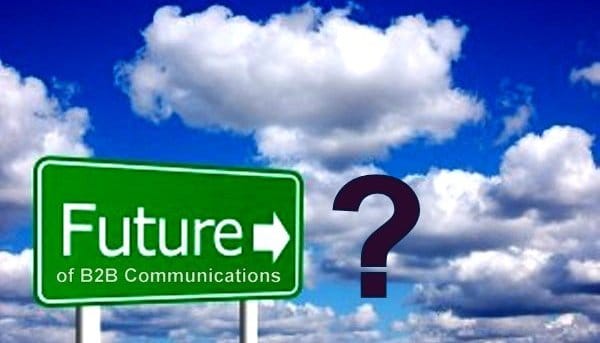In an early age of convergence, everything has changed for business brands and entities. The data transformation of information over the internet is more than any medium of communication. It is the most important medium to create hype for good or bad.
The (Web2.0) two-way communications has changed the strategy that evolves in between customer and company engagement. In short, it has diversified the communication method when it comes to online reputation management.
While the emergence of new media will be a big concern, the traditional media will still co-exist provided they adapt to the changing media landscape. Even the business leader and communication leaders understand the importance of traditional media. In many cases, it is like a one night stand whether it is hot, sexy and then it is over. But when we look at Online media (content sponsorships, guest posts on blogs, blurbs, etc.) it is more likely to be a long-term relationship as the content is not going to be dead it will always increase the value over time.
The statistics show the fall of English newspaper circulation in the country for last decades. The regional and vernacular newspaper has increased the circulation against the English mainline dailies and financials. This has been a compelling reason why in past couple of years the newspaper has taken the route of making an online presence to engage the reader and provide them instant information or news updates as it happens. The future of business varies but it is rooted in resilience.
Interestingly, unlike the West where print media is facing a crisis, India has in fact seen the rise in the number of mainlines and magazines that have been launched in the last few years which clearly shows that even with the invasion of online media, print will still rule.
From the agency perspective too, there has been a lot of dynamics and more and more agencies have started integrating their communication offerings to the client. Client expectation and education levels have changed which has resulted in the demand for quality work as well as integrated campaigns including social media, blogging, SEO, and content management.
A customer journey towards a brand is dynamic and is always a continuous one. They always make decisions on different touch points, they value input from friends and family, they rely on shared experiences of other users to validate or inform actions, and they also share their experiences back to a growing collective of customer impressions and expressions. The overall philosophy is neither it is just about the traditional venues and methods nor adopting new technology and finding creative ways to get people talking. But it is a primary shift in attitude to understand the customer how they behave for particular product/services.
The future of communication industry will indeed be complicated. The industry, on the one hand, will have consolidation of agencies, while on the other there will be a lot of opportunities for boutique agencies to offer innovative and customer-centric solutions. Communication agencies do require a paradigm shift else we could stop paying lip service and truly shift the fundamentals of what communication is and how we practice it. That means turning the profession upside down, shaking it up, falling on our face, getting up again, experimenting, and ultimately walking away from some things near and dear to our hearts, and embracing risk by betting all on others.
The biggest challenge will still be the availability of qualified resources to handle the shift towards new horizons in communication.
To sum it up, the future of communication and marketing will be a fierce battle and the fastest to adapt and deliver the best will reign.

